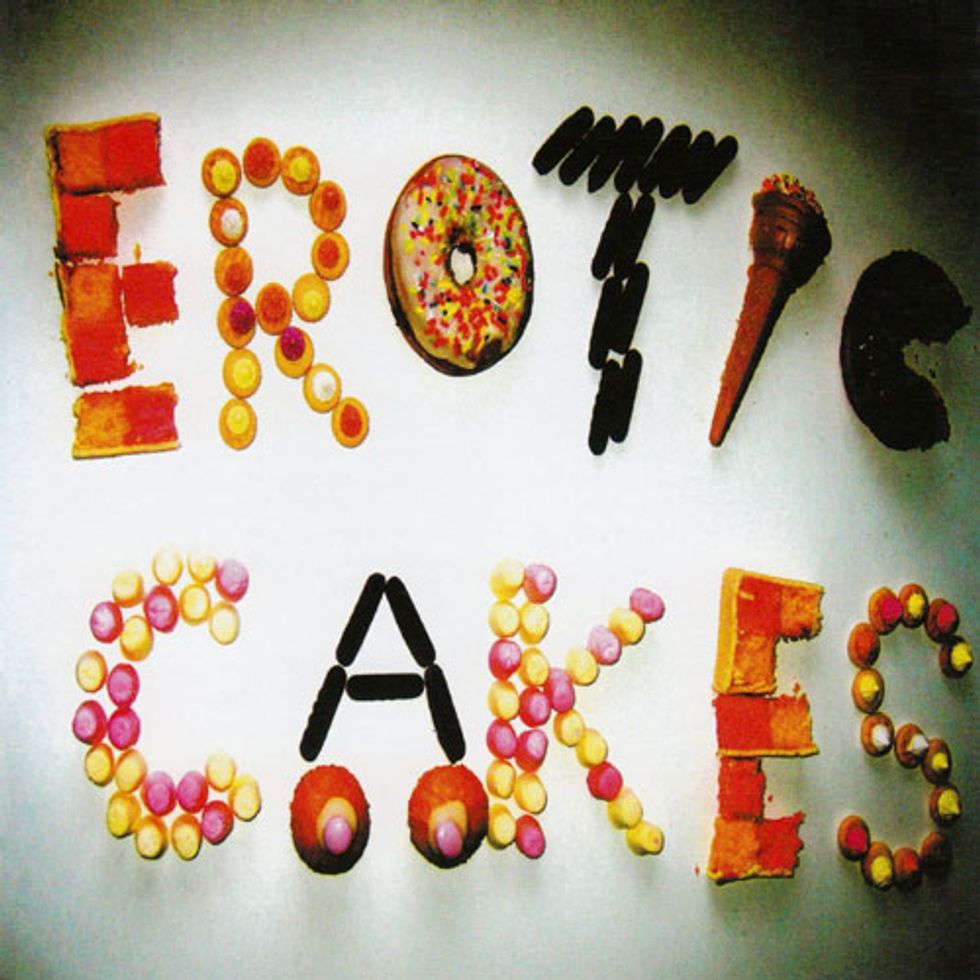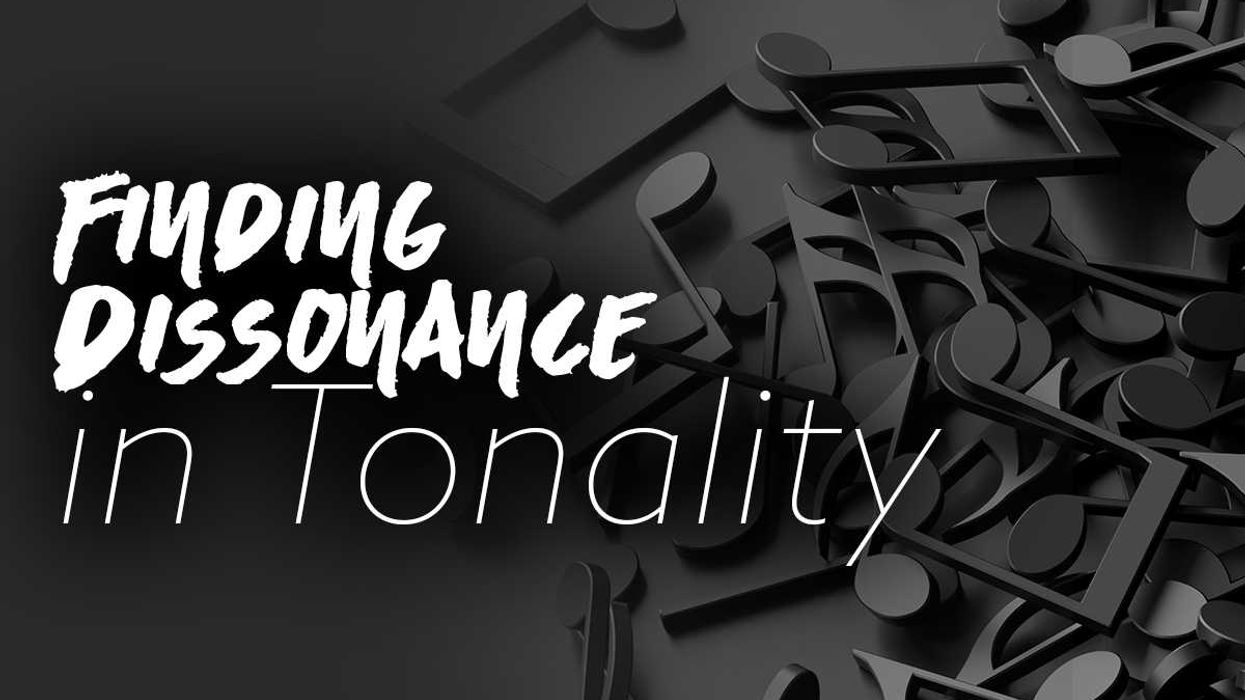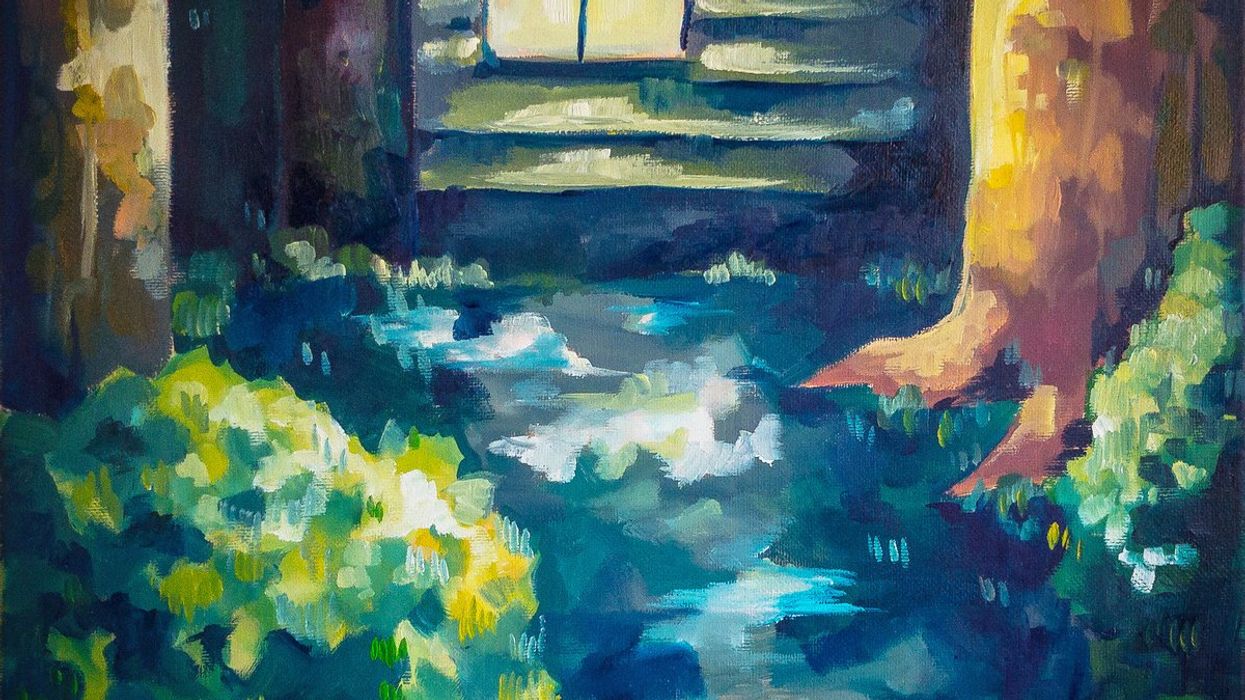Guthrie Govan has the technical and musical abilities that make him one of the most sought-after players in the industry, and he just keeps getting better! Whether rocking out with Dizzee Rascal, writing prog records with Steven Wilson, collaborating on soundtracks with the great Hans Zimmer, or touring with the Aristocrats, Guthrie raises the bar every time he straps on his guitar.
In this lesson, we’ll touch a bit on all those styles and delve deep into Guthrie’s breakthrough solo album, Erotic Cakes. Before releasing Erotic Cakes in 2006, he submitted a demo to a guitar magazine and ended up winning a contest. (That demo eventually turned into “Wonderful Slippery Thing.”) The attention landed him a position as a music transcriber before he began to tour with Asia in the late 1990s. When not touring, Guthrie would play gigs around town with the Fellowship, a funk/fusion band that still occasionally performs in the U.K. Over the years, Guthrie’s riveting YouTube videos have brought him exposure to a wide international audience.
For this lesson, I’ve gone digital and used Positive Grid’s Bias FX for the guitar sounds. The overdriven amps are models of a plexi Marshall with the gain quite high and plenty of midrange, and I’ve used various room and hall reverbs to create space. For the clean lead moments, I used a tweed Fender model with an MXR-inspired compressor in front of it with a bit of studio room reverb. I’m playing a guitar made by Eternal Guitars with two low-output ’60s-style single-coils and a PAF-style humbucker in the bridge.
I’ve written a few unique examples that feature some of what I feel are key elements of the guitar playing on the Erotic Cakes album, and, of course, Guthrie’s own style. Each example has lots of different ideas, approaches, and concepts to take away, play with, and explore further. I’d strongly suggest taking these ideas and doing some deeper research into Guthrie’s music for subtle variations on the core ideas.
Slippery Things
One of the tunes on Erotic Cakes that guitarists talk most about is “Waves.” It first appeared on a compilation album called Guitar on the Edge back in the early ’90s. The song features a 16th-note motif that works as a main theme throughout the song. Guthrie has said the melody was inspired by the portamento, or glide effect, on a keyboard. The melody was quad tracked for an ultra-expansive sound that really does sound like, well, waves.
Upon studying Guthrie’s tune, I discovered that the melody highlights arpeggios from the underlying chord progression. The arpeggios feature quite large intervallic jumps, and the use of lots of slides and legato keeps the melody sounding smooth. My melody outlines F#m, B, and A using some linear arpeggio fingerings and sliding sixths (Ex. 1).
It can be tricky to find one particular fingering that works for everyone. In fact, my choice of fingerings changed several times while writing this lesson. My advice would be to make sure that when you’re sliding up on a string, you have a finger behind the one you’re sliding with ready to grab the next note. Most of the ascending phrases on one string are often followed by a descending phrase. See if you can find other patterns in the other arpeggios for this progression to use in your own composition and playing. I’ve found this style of riffing is common in lots of modern tech metal bands, such as Periphery and Sikth. In Ex. 2 you can see an isolated example of one of the arpeggios.
Funk-Bop
Maybe my example song names aren’t as creative as Guthrie’s, but it’s not the easiest job breaking down his exceptionally versatile guitar style into bite-sized chunks! Based on moments from “Wonderful Slippery Thing,” Ex. 3 features some of Guthrie’s funky rhythm work, slap guitar, and even some jazzy bebop-inspired licks. I’ve tried my best to demonstrate some key ideas in a few measures. Let’s go!
The first measure features a slap guitar riff. It uses a moving octave pattern that travels with the use of the open 6th string in groups of four. (Scott Mishoe is well known for his incredible slap guitar skills, and Guthrie has mentioned his name at many master classes as the inspiration for using this technique.)
A “slap” is when the thumb comes down on the guitar string near the neck, and a “pop” is executed by bringing the strumming hand’s index or middle finger under the string and plucking upwards. The pattern starts with a slap on the open string followed by a hammered-on note on the same string, followed by a muted slap, which is executed by muting with the fretting hand and slapping with the fretting hand. The last of the four notes is a pop on the note that’s an octave above the second note in the pattern.
The example then breaks into some funky syncopated strumming based around an Em9 chord that moves up a half-step to Fm9. This rhythmic motif continues with the addition of a quick 16th-note-triplet muted strum. The key to getting this sounding smooth and funky is to lighten up on the pick attack for the faster strumming and focus on the strong accents instead.
The first bebop-inspired phrase of the solo in Ex. 4 outlines notes from the E Dorian mode (E–F#–G–A–B–C#–D) along with some chromatic enclosures. On beat 3 of the second measure, we slip into an Fm7 (F–Ab–C–Eb) arpeggio before heading back to our E minor tonality. Guthrie frequently uses this kind of staggered phrasing with arpeggios to create interest and build upon memorable motifs and themes in his solos.
In the fourth measure, we have a 16th-note-triplet line that highlights notes from the E minor pentatonic scale (E–G–A–B–D) with an added 9 (F#). However, we’re including some chromatic enclosures between the scale notes to create a longer, smoother line. Guthrie is known for his relentless picking technique, and I’m quite sure he doesn’t think about it too much. He will go between various sequences and picking techniques in one phrase. It’s all about the musicality of the line for him, the technique is just there to execute the idea he hears in his head at the time.
Perhaps one of my personal favorite things about Guthrie’s playing is his use of slides that seem to add a whole new life to what could be quite a mechanical line. The phrase in the seventh measure uses notes from the E minor pentatonic scale, but in groups of five. The line moves in a reverse linear-style fashion with a slide before the first note of each quintuplet. For this line, I’m picking all the notes, but you can choose your own way of playing it to suit your style.
This final phrase is an ode to how “Wonderful Slippery Thing” finishes, yet not as advanced as Guthrie might play it. This is an E minor pentatonic scale played legato with string skipping and tapping. To build up speed over time, practice slowly and stay relaxed. Once you can handle this phrase, you’ll be ready for some of the lines in our next example.
Snake Bite
Ex. 5 references “Hangover,” the final track on Erotic Cakes. Guthrie wrote the tune to musically express the feeling of being hungover. (I’ve named my tune after a U.K. drink that’s mostly cider topped off with beer.) By mixing a slow tempo with long legato slurs and gravity-defying bends, Guthrie has brilliantly depicted the effects of a hangover with his solo phrasing.
This line that starts in the fifth measure might look terrifying in tab, but try to break it apart into small segments. The first two groups of seven make a slurred blues lick that’s great for slipping into any guitar jam. The rest of the phrase plays around a two-octave Bm7 arpeggio (B–D–F#–A). Guthrie does a lot of this with his faster legato lines, as it creates rhythmic interest and gives the phrase a vocal or sax-like dynamic shape. The rhythmic subdivisions shouldn’t be followed too closely, just take the underlying pattern and mess around with it. The subdivisions will probably happen naturally due to the line’s structure.
More gravity-defying bends start in the 11th measure, this time with a more gospel or blues flavor. The tonality of the backing track has now gone back to Bm and highlights the G and A chords. I’m visualizing B minor pentatonic (B–D–E–F#–A) notes for this phrasing, as well as going for a bluesy sound by adding some slides and slurs to the scale’s b5 (F).
The final phrase of this solo is actually a reference to Guthrie’s song “Eric,” which features an eerie and beautiful melody that uses what I can only describe as pick tapping. Use the pick to tap the higher note and let it bounce off the string for an ultra-fast trill between two notes. This phrase outlines notes from an F#7#5 tonality. In this case, I’m using notes from the F# Phrygian dominant (F#–G–A#–B–C#–D–E) scale over the F# altered chord. The phrase uses a rhythmic motif that moves down through the positions before landing on the 9 (C#) of Bm.
You may notice there are lots of squeaks and pops during this solo. These are deliberately left in to give more of a human vibe to the sound. Guthrie’s playing is technically amazing, but it’s also very human—it sounds like he is really playing the guitar and sometimes these details and sonic artefacts are part of what makes the guitar such an appealing instrument. It’s real and it’s alive, enjoy it!
Odd Meter Peter
Guthrie is no stranger to progressive rock, and there are a couple of tunes on Erotic Cakes that feature odd time signatures. His tune “Fives” was inspired by a melody he heard a bird singing in a park while on a walk to refresh his creativity. This melody happened to be in 5/4 and the rest is history. There’s also a tune on the album called “Sevens.” Written in 7/4, it features a cascading tapping arpeggio section that sounds like a piano. I have attempted to create a short piece that pushes 5/4 and 7/4 together with all the traits from both songs. It’s named “Odd Meter Peter” after Pete Riley, who played drums on the album.
Ex. 6 starts off in 5/4, which means we have five quarter-notes per measure, or 10 eighth-notes. Before writing the riff, I set out a chord sequence for the riff to follow. The riff uses a mixture of minor and major 7 arpeggios with the addition of some Andy Summers-like add9 arpeggios in measures five and six. To keep this piece interesting, yet accessible for the listener, I employed a bit of repetition with some subtle turnarounds.
In the ninth measure we move to 7/4 and explore some unique arpeggio-tapping ideas inspired by the main section of “Sevens.” This time we’re using a 16th-note subdivision and a “cookie-cutter” approach to the arpeggios that can easily be applied in other contexts. The best way to visualize these patterns is in two-string fragments. First, practice moving between the first two beats. You’ll notice that a portion of the measure repeats in beats 3 and 4 before dropping down an octave. This is similar to a section of “Sevens.” For the tapping, I’m using my middle and ring fingers. The top string of each phrase is tapped with the ring finger, followed by the middle finger on the string below. In each arpeggio there’s a symmetry between the left- and right-hand fingerings that makes this a lot easier to see on the guitar than it is to read from the tab.
I hope my examples have inspired you to look for new things in your own playing. As a fan of Guthrie, I know his playing has always inspired me to be more creative and push past my own limitations. I hope this lesson inspires you to do the same.













